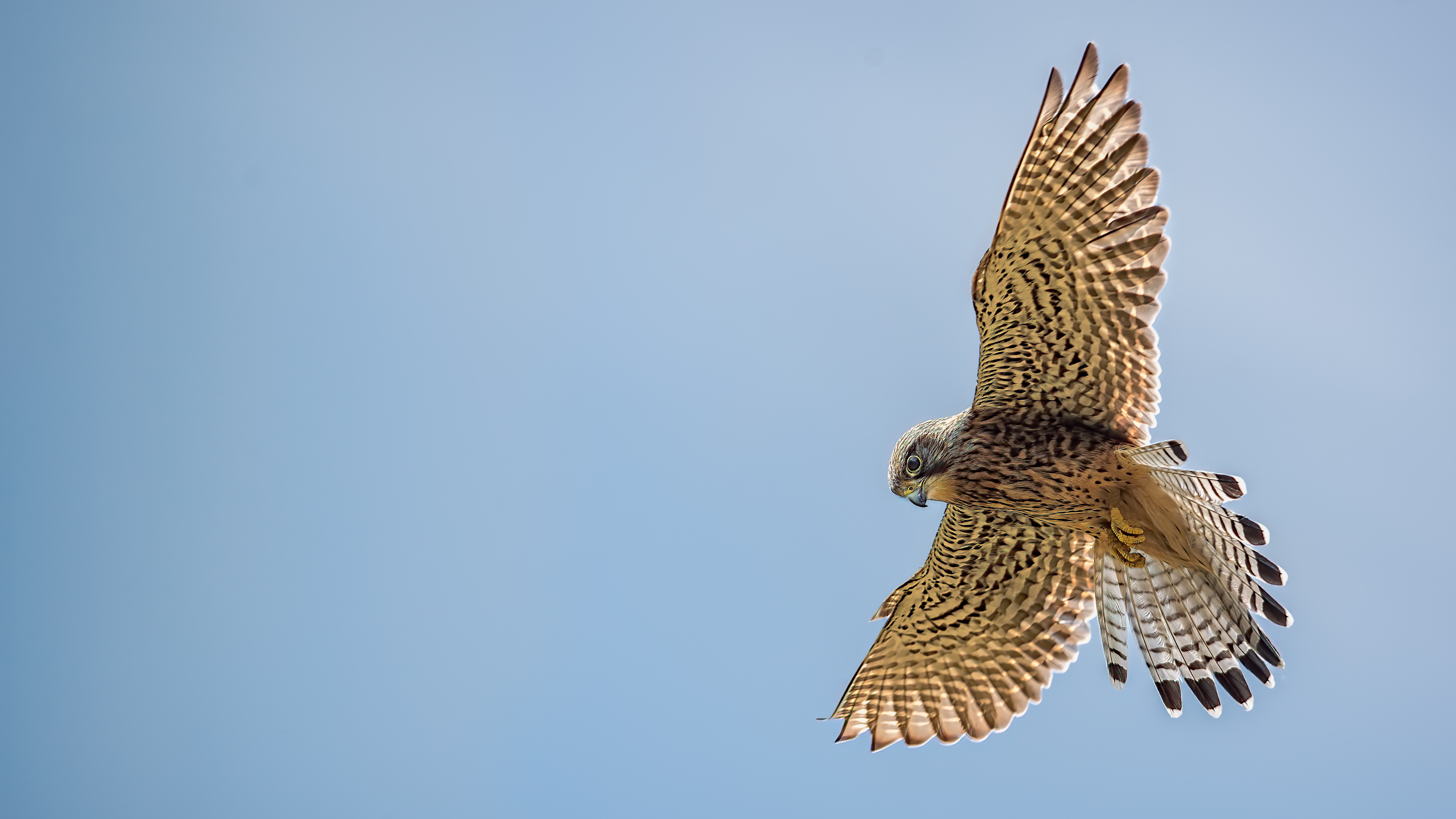
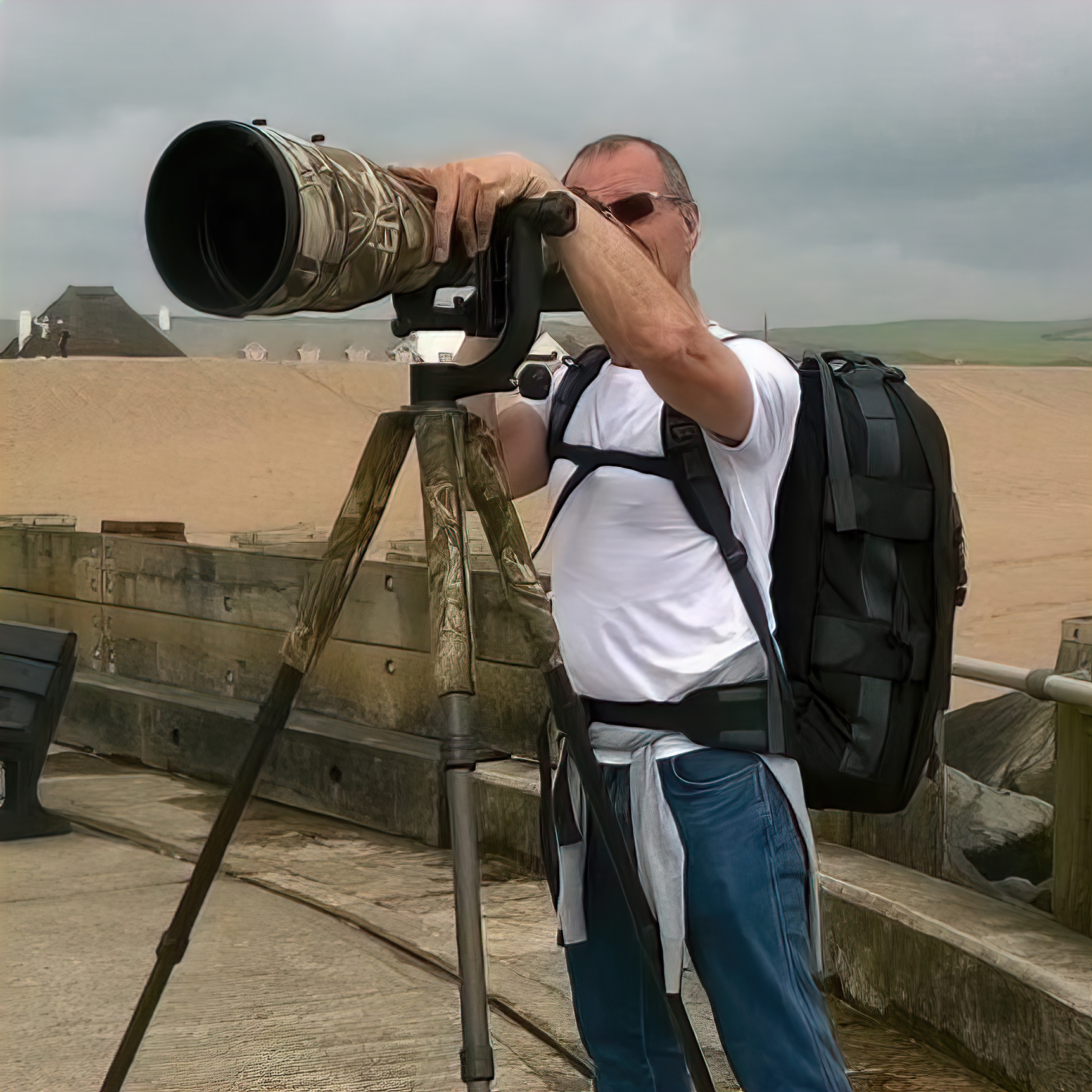
• The best budget telephoto lenses
• The best binoculars for wildlife, nature and astronomy
• The best spotting scopes
The UK has several birds of prey species, but how do you find and photograph them in flight? Great places to find birds of prey to get you started are nature reserves, such as RSPB (Royal Society for the Protection of Birds) Titchwell and RSPB Minsmere. They have various habitats that suit Marsh Harriers, Kestrels, Red Kites and Buzzards. The reserves will have their own websites, which will have a sightings page, letting you know what has been seen and when.
There are also various apps and web sites dedicated to bird sightings, such as Bird Guides. When out and about looking for wildlife, try to wear dark clothing, be as quiet as possible, take your time and use your ears as well as your eyes. You are more likely to hear a buzzard calling before you see it, so familiarize yourself with its call. Again, there are apps available for bird calls. Another essential piece of equipment is a pair of binoculars.
I’m an enthusiastic wildlife photographer based in East Anglia, and love photographing birds of prey. The gear I use includes the Nikon D4S, Nikon D850, Nikon 600mm f/4, Nikon 300mm f/4 and the Nikon 200-400mm f/4. I occasionally extend the focal length by using a 1.4 tele-convertor.
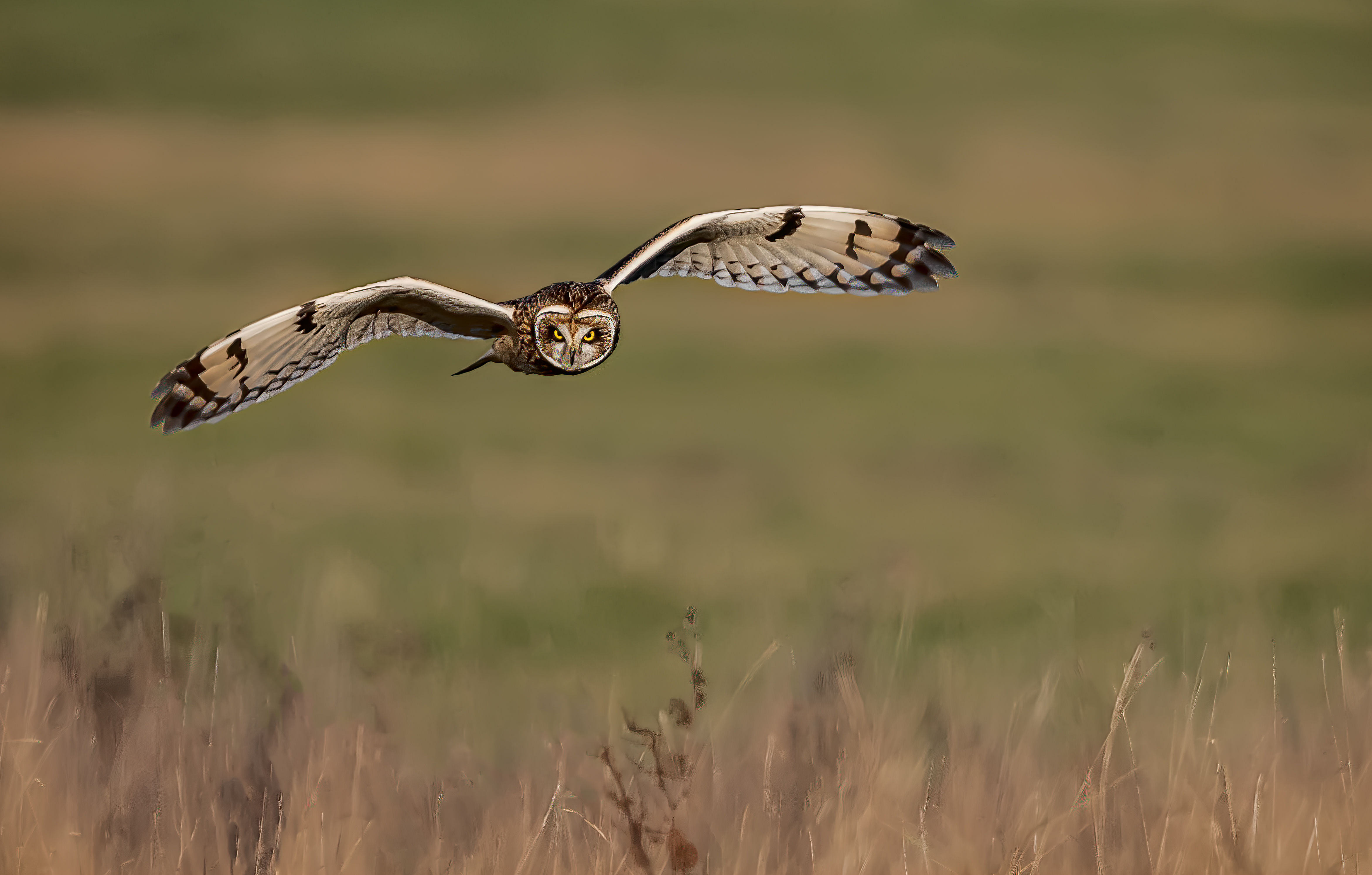
01. Study first
Do a little research into the behaviors of your chosen subject – for example, the type of habitat they are likely to be hunting over – and prepare accordingly by getting to the venue as quietly and as invisibly as possible. If you can, visit the location beforehand as this will enable you to find the best spots to setup your camera.
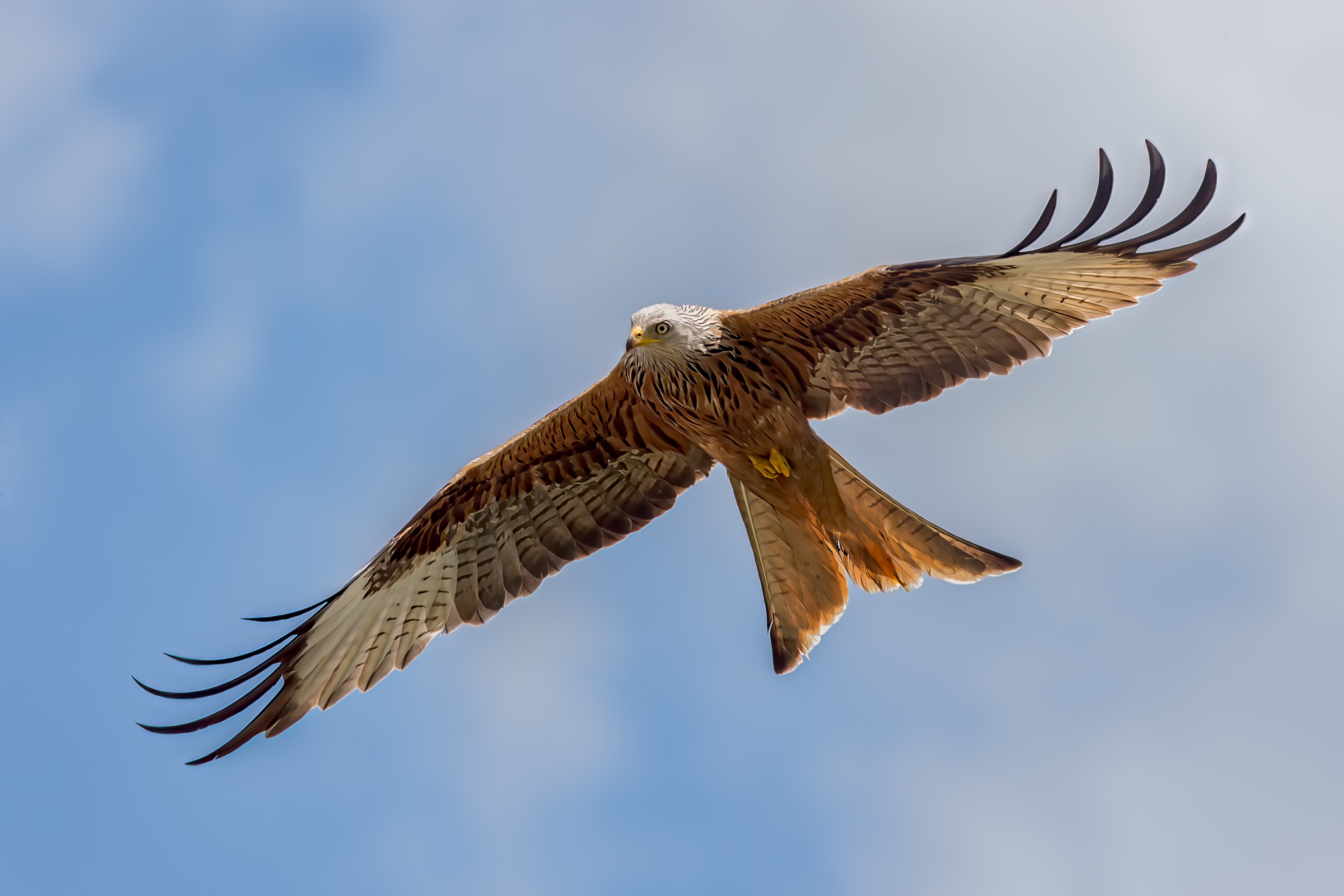
02. Research timings
You are more likely to see your subject at certain times of year; spring is generally a good time, as birds will be feeding young. Birds like barn owls will be hunting during the day as well as at night. Kestrels will hunt during the day over meadowland looking for small rodents. Red Kites are more like scavengers, so will feed on carrion. However, they will take small chicks like ducklings – so keep this in mind.
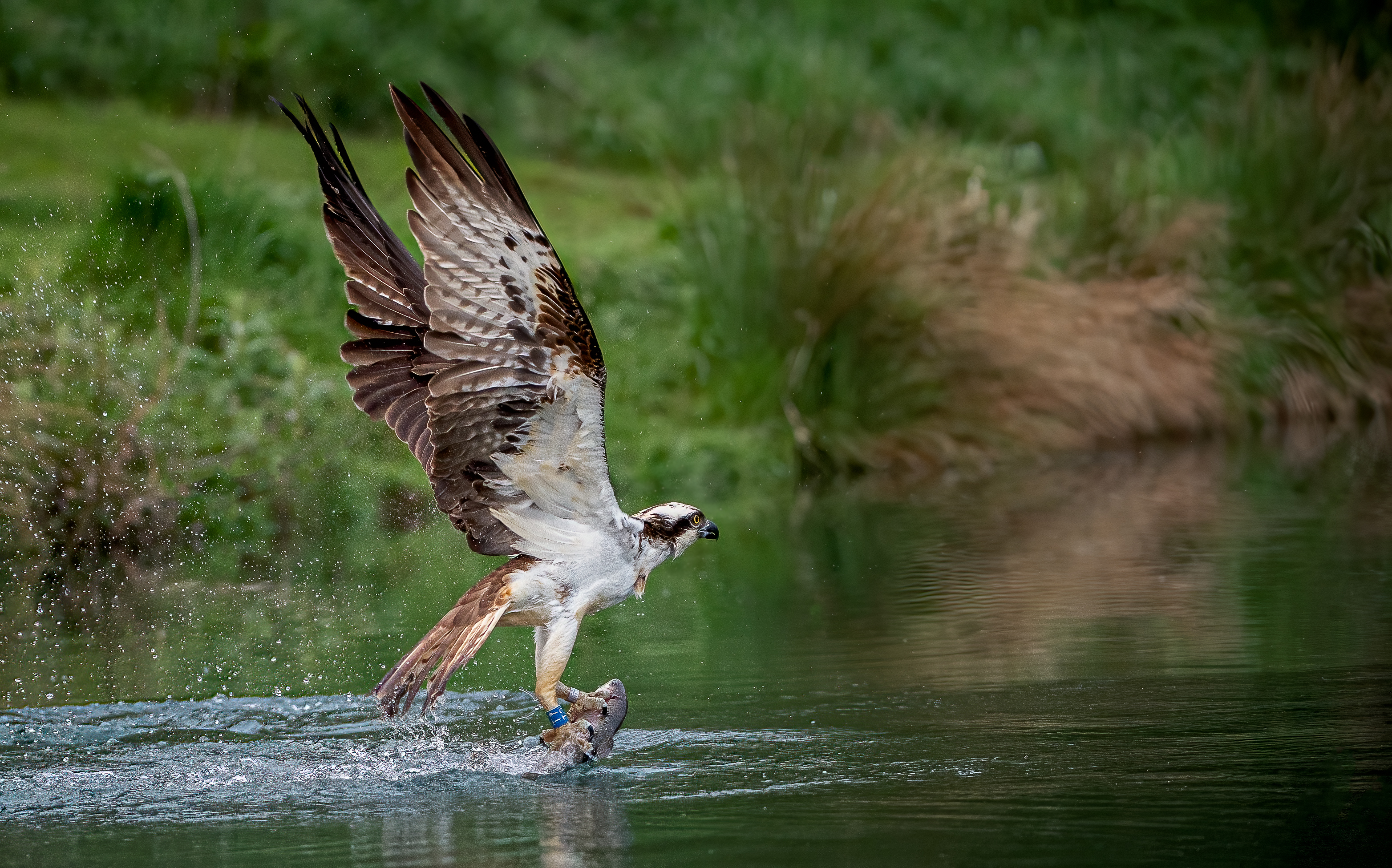
03. Pick up speed
Get to know your gear inside-out, so if you need to change a setting quickly you don’t miss the action while looking through menus on the back of your camera. Most cameras have a function button (Fn) that can be customized to perform certain actions quickly. It’s worth reading up on this and using these to your advantage with your most-used functions.
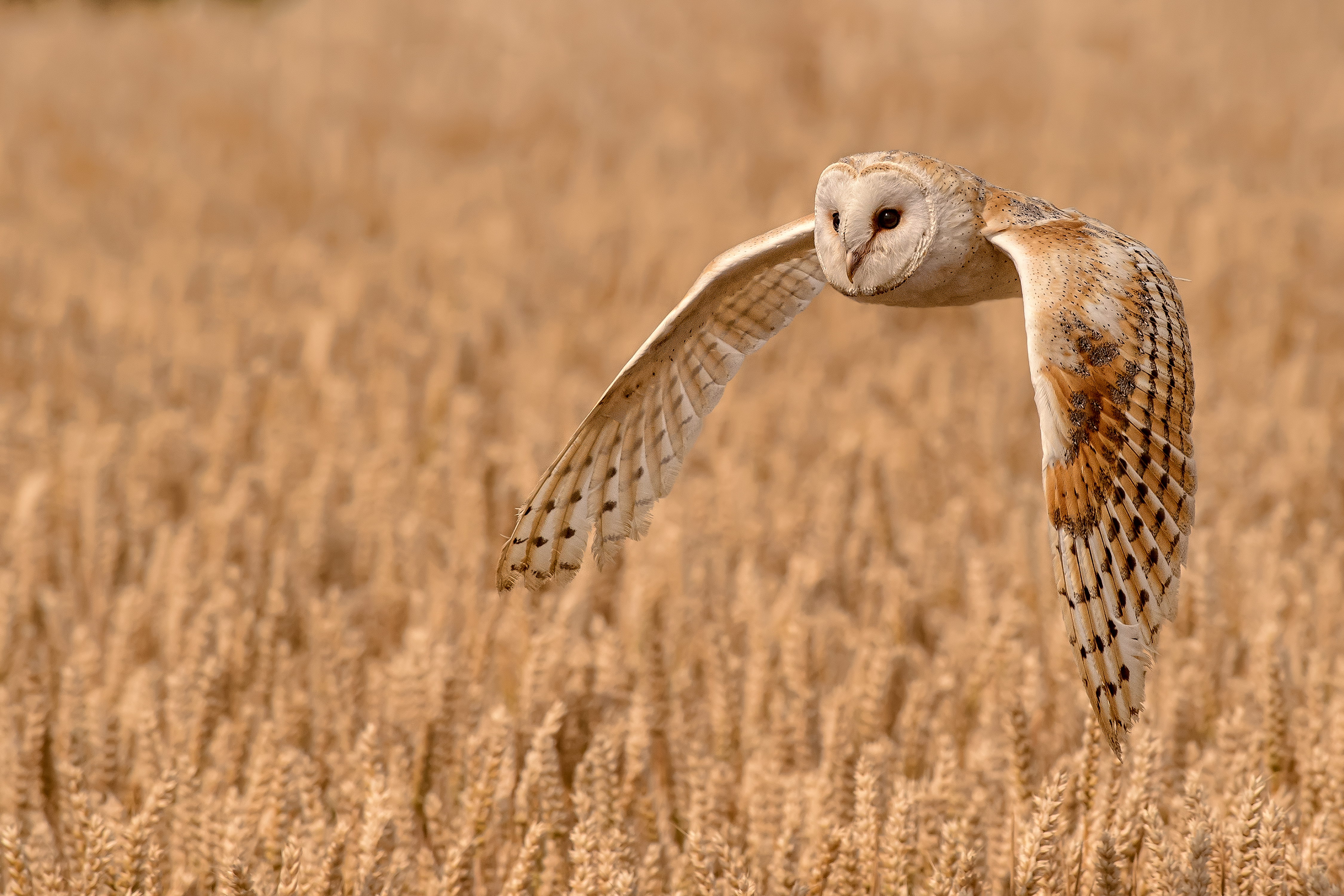
04. Paul's tips for your camera settings
I would recommend using back-button focusing. Also set your focus mode to continuous so that, while you are following your subject with the focus button pressed, it keeps the subject in focus. I would also try to use a single focus point as if using multiple focus points, you run a higher risk of focusing on the background and losing your subject.
Set your shooting mode to continuous so that you can fire off short bursts as your subject flies through the scene. With flight shots you need a fast shutter speed, so set your camera to shutter priority and set a shutter speed to suit the subject and conditions. I try to shoot at about 1/1000 sec – you may have to shoot wide open and raise the ISO to achieve this. I usually shoot in manual mode, setting my shutter and aperture to what I require, and use auto ISO.

05. Lean on me
When using long heavy lenses, always use a tripod. I would also recommend one of the best gimbal heads for tripods, as these enable you to tilt and swivel the lens for flight shots, as well as keeping everything steady for perched shots.
When using a long lens in a hide, it may be better to use a beanbag or a hide plate. A hide plate is a heavy base that you can attach your gimbal head to. The whole thing then sits on the shelf within the hide. It’s also worth investing in neoprene camo covers for your lenses; as well as helping to disguise the lens, it helps protect your valuable equipment.
Read more:
Best cameras for wildlife and bird photography
Best lenses for bird photography
Best portable hides and camouflage gear for wildlife photography
Best tripods
Get the Digital Camera World Newsletter
The best camera deals, reviews, product advice, and unmissable photography news, direct to your inbox!
Digital Camera World is one of the leading authorities on camera and photography news, reviews, techniques, tutorials, comparisons, deals and industry analysis. The site doesn't just specialize in cameras, but all aspects of photography, videography and imaging – including camera phones, gimbals, lenses, lighting, editing software, filters, tripods, laptops, printers, photo books, desks, binoculars and more.
Whether you're using, looking to buy or trying to get the most out of a compact camera, action camera, camera drone, cinema camera, beginner camera or professional camera, Digital Camera World has a roster of experts with combined experience of over 100 years when it comes to cameras, photography and imaging.

